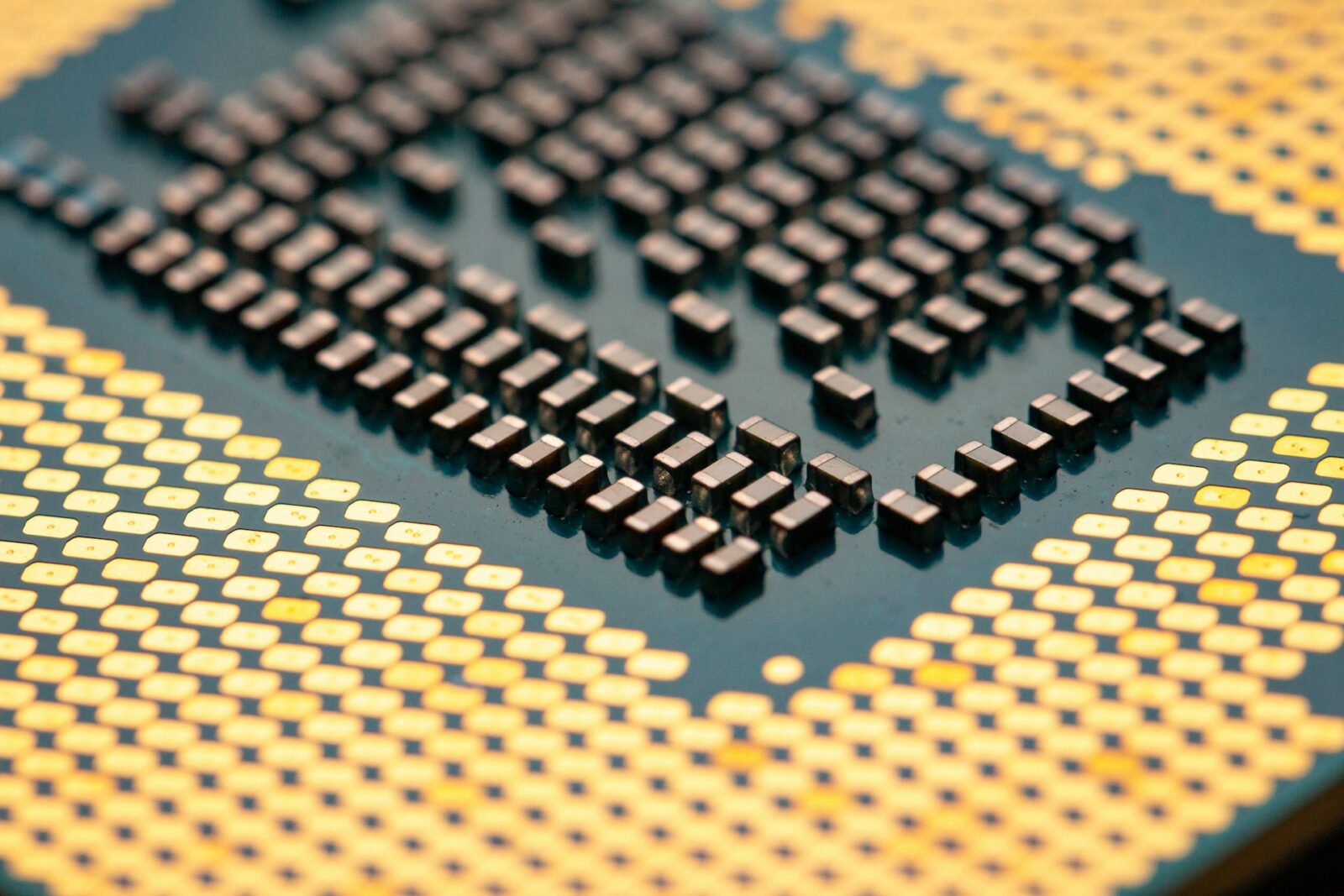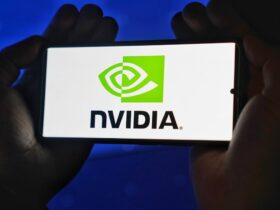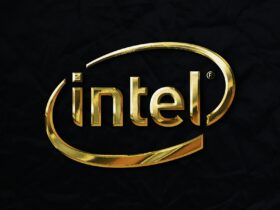When the AI Boom Spills Into the Memory Market
The artificial intelligence revolution has created an unexpected side effect in the global chip industry — a supply squeeze in traditional memory chips. As tech giants like Google, Amazon, Meta, and Microsoft pour hundreds of billions into AI infrastructure, the world’s leading semiconductor makers are scrambling to meet surging demand for high-bandwidth memory (HBM) chips.
But this AI memory chip boom is creating ripple effects across the entire market. As production capacity shifts toward advanced AI semiconductors, supply for standard DRAM and NAND chips — the essential components in smartphones, PCs, and traditional servers — has tightened dramatically.
The result? Soaring memory prices, panic buying among device manufacturers, and what analysts are calling the beginning of a potential “super cycle” for the memory industry.
“Within the last month or two, there’s been a huge demand surge,” said Tobey Gonnerman, president of semiconductor distributor Fusion Worldwide. “Things have happened in a fast and furious way.”
A Surprising Ripple Effect of the AI Revolution
The excitement around artificial intelligence has primarily focused on the race to develop faster and more powerful AI accelerators like Nvidia’s H100 GPUs and AMD’s MI300 chips. However, the rapid expansion of these high-performance systems has had an unintended consequence: it’s soaking up global manufacturing resources.
Major chipmakers such as Samsung Electronics, SK Hynix, and Micron Technology have diverted significant portions of their production capacity to manufacturing HBM chips, which are essential for training and running large language models (LLMs).
This pivot, combined with a global upswing in device demand, has left a gaping hole in supply for conventional memory chips, which are still vital to mainstream computing and mobile devices.
Industry experts now say that this structural imbalance is pushing traditional DRAM and NAND markets toward a supply-driven rally not seen since 2017.
“There is definitely scrambling going on,” Gonnerman noted. “We’re seeing double and even triple ordering like in previous shortage cycles.”
The Production Shift: From Commodity DRAM to High-Bandwidth Memory
The AI memory chip boom began shortly after ChatGPT’s public release in late 2022, when the demand for AI hardware surged globally. To capitalize, memory chip manufacturers started reallocating their production lines to make high-margin HBM chips — the ultra-fast memory modules that allow GPUs to process massive data workloads efficiently.
However, this strategic shift has had cascading effects. The production of lower-tier DRAM chips — like DDR4 and DDR5, used in smartphones, PCs, and traditional servers — has dropped significantly.
Adding to the pressure, Chinese chipmakers such as CXMT have increased output in lower-end DRAM markets, pushing South Korea’s Samsung and SK Hynix to move further up the value chain toward advanced chips.
“There’s just so much money floating around, driving demand,” said Dan Hutcheson, vice chair at TechInsights, referencing the influx of capital into AI hardware and data centers.
According to Morgan Stanley, major tech companies will collectively spend around $400 billion in 2025 building AI infrastructure — including servers, data centers, and specialized chips. This extraordinary spending spree has collided with a broader tech upgrade cycle, creating a perfect storm for non-HBM memory shortages.
A Global Shortage and a Brewing Super Cycle
With manufacturing capacity stretched thin, traditional DRAM prices have surged sharply. According to data from TechInsights, spot prices for DRAM nearly tripled in September compared to a year earlier, after showing only modest growth in early 2024.
The average DRAM inventory has also plunged from 31 weeks in early 2023 to just eight weeks this quarter, signaling one of the tightest supply conditions in recent memory.
This shortage is fueling speculation of a “super cycle” — a prolonged period of elevated prices and profitability for chipmakers.
“They were swimming in DDR5 memory six or eight months ago,” said Gonnerman. “But now, the average selling price for DDR5 modules is going through the roof — and that’s music to the ears of Micron, Hynix, and Samsung.”
Industry analysts project that non-HBM memory chips could soon rival or even exceed HBM chips in profitability if current trends continue. In Q3 2025, Samsung’s operating margins were estimated at around 40% for DRAM and 60% for HBM products — but both categories are now rising fast.
Winners of the Boom: Memory Giants Regain Momentum
The AI memory chip boom has breathed new life into established semiconductor players.
- Samsung Electronics — once seen as lagging in AI-focused chip innovation — is now benefiting from its dominant position in traditional DRAM and NAND.
- SK Hynix, the leader in HBM technology, continues to command strong pricing power and enjoys record profitability.
- Micron Technology has projected “healthy margins” across both HBM and conventional DRAM segments through 2026.
Even Taiwanese memory module manufacturers have seen their stock prices surge, as downstream demand for DDR4 and DDR5 modules outpaces supply.
Samsung’s stock has climbed over 80% in 2025, while SK Hynix has soared 170%, and Micron has jumped 140%, reflecting investor optimism that the AI-driven shortage could persist well into next year.
Pressure on Consumers and Electronics Makers
While chipmakers celebrate record margins, the rising memory prices are squeezing manufacturers of consumer electronics and enterprise hardware.
Device makers that rely on large DRAM inventories — from smartphone OEMs to server builders — are now grappling with higher component costs, compounded by U.S. tariffs and China’s restrictions on rare earth exports.
“Recently, with the DRAM shortage this severe, we’re becoming more concerned,” said Miller Chang, president of the Embedded Sector at Advantech, a Taiwan-based industrial PC provider.
Some companies are already passing those costs on to consumers. Raspberry Pi, the British computer maker, recently announced price increases, citing memory costs that have risen 120% year-over-year.
“We’ve reached the point where we have to pass some of this cost on,” said CEO Eben Upton.
This growing strain across the electronics supply chain underscores how deeply the AI memory chip boom is reshaping global pricing dynamics — not just for AI infrastructure, but for everyday technology products.
Investor Caution: Is the Super Cycle Real or Overhyped?
Despite strong fundamentals, some analysts caution against overestimating the duration of the current upcycle.
“The term ‘supercycle’ is overdone,” warned Dan Hutcheson of TechInsights, explaining that the industry is likely in a classic shortage phase that could last one or two years before correcting.
TechInsights projects that the semiconductor industry could face a downturn by 2027, once supply catches up with demand and AI infrastructure growth slows.
Investors also remain watchful of potential overexuberance in AI-related stocks — a dynamic reminiscent of the dot-com bubble.
Samsung, in particular, faces challenges in closing its technology gap with SK Hynix in HBM manufacturing and with TSMC in contract chip production.
“The extreme pessimism turned into extreme optimism for Samsung,” noted Albert Yong, managing partner at Petra Capital Management in Seoul. “We have to wait and see.”
The Broader Picture: AI Is Reshaping the Chip Ecosystem
The AI memory chip boom highlights a deeper transformation underway in the global semiconductor landscape. AI’s insatiable demand for computation is not only driving innovation in advanced chips but also reshaping the economics of traditional semiconductor production.
- AI hardware buildouts are straining supply chains beyond GPUs, affecting components once considered commodity products.
- Foundries and memory manufacturers are being forced to rebalance production between profitability and ecosystem stability.
- End-user pricing for electronics may remain elevated, as component shortages ripple through to consumers.
In essence, AI is no longer a niche driver of chip innovation — it’s becoming a macroeconomic force shaping every segment of the semiconductor industry.
The AI Memory Chip Boom Is Redefining the Future of Tech
What started as a surge in demand for AI computing power has now transformed into a market-wide memory revolution. The AI memory chip boom has tightened global supply chains, inflated prices, and reawakened profitability in an industry that just two years ago was drowning in excess inventory.
While chipmakers like Samsung, SK Hynix, and Micron enjoy the benefits of soaring margins, the rest of the tech ecosystem — from PC makers to industrial equipment manufacturers — must adapt to a new reality of constrained supply and higher costs.
Whether this truly marks the beginning of a long-term “super cycle” or just a temporary shortage remains to be seen. But one thing is certain: AI has permanently altered the balance of power — and profit — across the semiconductor world.
The next phase of innovation will not only depend on how fast AI evolves but also on how the industry manages the delicate equilibrium between cutting-edge chips and the humble memory modules that make them possible.







Leave a Reply